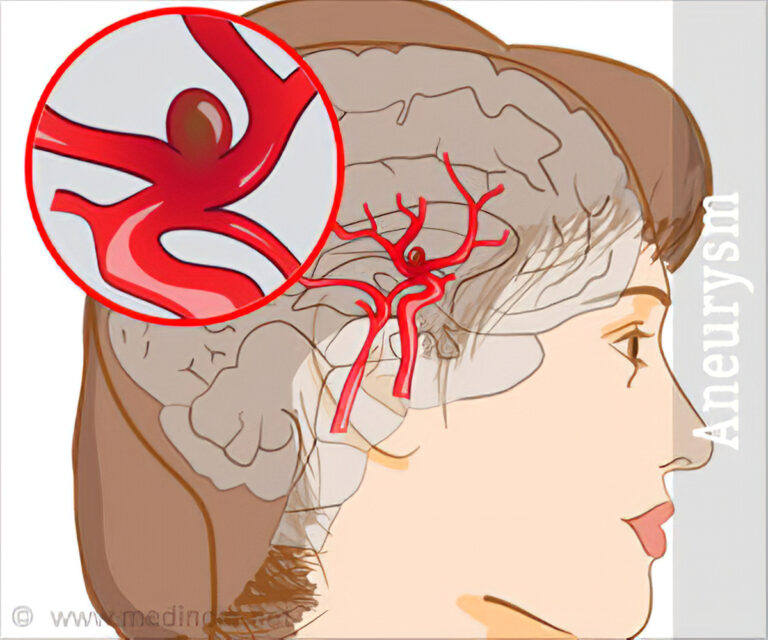Vasculitis: More About This Blood Vessel Disease
Author: Alvin
Alvin
Category: Health
Tags: health, vasculitis, blood

Vasculitis refers to a group of diseases that induce inflammation in the blood vessels. It’s also known as arteritis or angiitis. It might weaken, stretch, widen, or constrict your blood vessels. They might completely shut down. Organ and tissue damage can occur when blood flow is restricted. Vasculitis can strike people of any age group. Some types affect blood vessels that supply or transport blood to specific organs, such as the skin, eyes, or brain.
Vasculitis can be acute and last just a few days, or it can be persistent and last a long time. Organs in the body may be affected in some circumstances. Organ damage can occur if they do not receive enough nutrient- and oxygen-rich blood. Others may die suddenly as a result of it.
What causes vasculitis?
Many cases of vasculitis are unknown to doctors. It could be linked to a medication-induced allergic reaction. This can occur as a result of an infection that triggers an unexpected immunological reaction in your body. Causing damage to your blood vessels. This disease can also be linked to immune system illnesses such as rheumatoid arthritis and lupus. Others may also experience Sjögren’s syndrome, which can last months or years.
Different genes (genetic factors) appear to play a role in the condition. Vasculitis is assumed to be an autoimmune disease, in which the body’s immune system attacks itself. The immune system destroys blood vessels in this kind of disease. Some cases of it are brought on by drug responses. This blood vessel infammation can also be caused by some chronic (long-term) infections. Such as those caused by the hepatitis C or hepatitis B viruses.
What are the symptoms of vasculitis?
The main symptom of vasculitis is inflammation, which can be painful. The inflammation in many instances of the disease is internal and cannot be seen. The symptoms of vasculitis vary from person to person because of the various forms it takes.
Vasculitis symptoms vary depending on which blood vessels are involved. Symptoms of vasculitis include fever, sweating, exhaustion, and weight loss. These can be the earliest signs, so see your GP. Other symptoms differ depending on the body part affected:
¢ Skin. Skin vasculitis creates swollen, open sores (ulcers). Acute vasculitis usually has no long-term consequences, and symptoms subside once the inflammation has gone.
¢ Nose. In this case, vasculitis causes crusting inside the nose as well as nosebleeds. Your nose’s shape might alter throughout time.
¢ Fingers and toes. In vasculitis, the fingers or toes turn white or blue and tingle or hurt when exposed to cold.
¢ Eyes. Some types of vasculitis might cause your vision to blur or cause your eyes to become red and uncomfortable. If this happens, it’s important to see a doctor as soon as possible.
¢ Nerves. Nerve inflammation can produce numbness, discomfort, and burning, as well as weakness in the arms and legs.
¢ Brain. The blood veins in the brain impacted on occasion, resulting in complications such as strokes.
¢ Kidneys. Vasculitis can cause urinary incontinence or blood in urine. Vasculitis of the kidneys is hazardous because symptoms occur after renal injury. In severe cases, artificial kidney (dialysis) treatment required.
¢ Lungs. Coughing and shortness of breath are symptoms of lung inflammation.
Who is at risk for vasculitis?
Vasculitis can affect people of any age. Some kinds of this disease, however, are more common among people of specific ages. Buerger’s disease is more common in men under the age of 45 who smoke or have previously smoked. Children diagnosed with IgA vasculitis more frequently than adults. Only 10-15 people out of every 100,000 people in the UK acquire vasculitis each year. Giant cell arteritis, on the other hand, affects roughly 22 people per 100,000 over the age of 50. (GCA). Different age groups affected by different forms of vasculitis.

What types of vasculitis are there?
The size of the blood vessels involved used by doctors to classify the different forms of this disease. Both small and medium arteries involved in the most serious kinds of vasculitis.
¢ Takayasu arteritis (TA). Takayasu arteritis (TA) is an inflammatory illness affecting the aorta and its major branches in young women. It is rare in the UK (100 new cases each year), but more frequent in Asia and Africa.
¢ Giant cell arteritis (temporal arteritis). Large arteries that supply the head and neck, especially the temporal artery, affected by giant cell arteritis. The UK sees roughly 5,000 new cases a year, with northern Europe having more. GCA usually affects adults over 50.
¢ Polyarteritis nodosa (PAN). PAN is a rare but deadly disease. In the UK, only one in every two million people have PAN. PAN sometimes linked to hepatitis B virus infection. It inflames the medium-sized arteries that supply the intestines and kidneys. The arterial wall becomes weak and bulges, causing an aneurysm.
¢ Kawasaki disease. Kawasaki disease is more frequent in children under five. It is also known as mucocutaneous lymph node syndrome.
¢ Granulomatosis with polyangiitis (Wegener's granulomatosis). Granulomatosis with polyangiitis is a rare illness, with only 1,000 new cases of eosinophilic granulomatosis with polyangiitis and microscopic polyangiitis diagnosed each year in the UK. It affects men more than women.
¢ Behçet's syndrome. Behçet’s syndrome uncommon autoimmune disorder characterized by oral, genital, skin, and eye inflammation. It’s not an infection and can’t be spread.
¢ Eosinophilic granulomatosis with polyangiitis (Churg-Strauss syndrome ). Adults develop asthma due to eosinophilic granulomatosis with polyangiitis. It also causes inflammation of the blood vessels caused by granulomas. The blood normally contains a lot of eosinophils (a type of white cell).
What treatments are there for vasculitis?
The therapy for this blood vessel inflammation will vary depending on which blood vessels and organs afflicted. It will also vary according to the amount of bodily tissue impacted. If the vasculitis merely affects the skin. Treating any underlying infection or discontinuing the medicine that caused the vasculitis may be sufficient. In most cases, however, pharmacological therapy required to control the condition. And its symptoms, as well as to prevent or reduce the damage produced by vasculitis.












